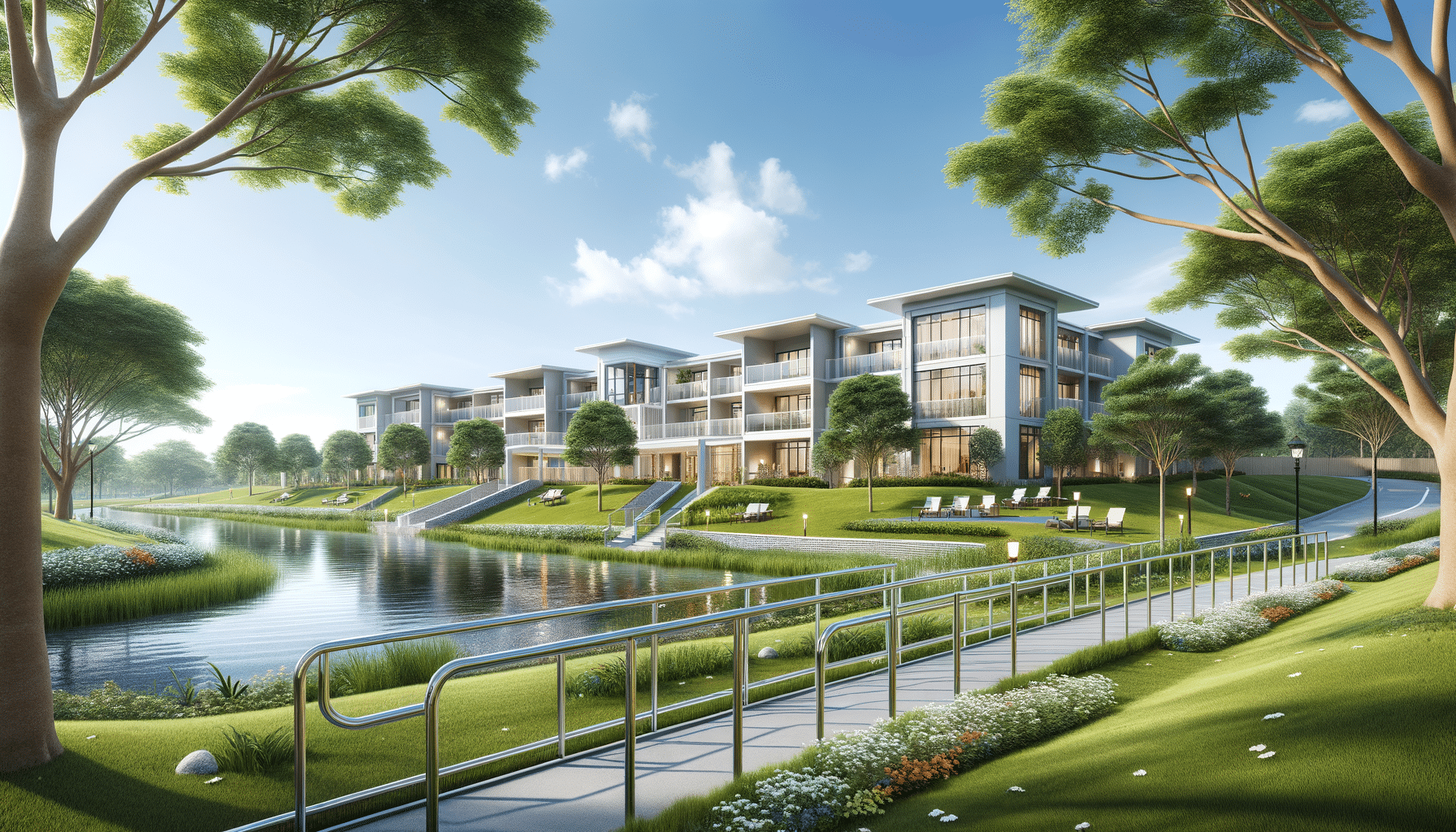
A Guide to Modern Senior Living
Introduction to Modern Senior Living
As the global population ages, the demand for senior living options has grown exponentially. This trend reflects not only demographic shifts but also evolving expectations of what retirement can look like. Senior living encompasses a variety of accommodations and services, from independent living to assisted living and retirement communities. These options are designed to cater to the diverse needs and preferences of older adults, ensuring they receive the appropriate level of care and support while maintaining a high quality of life.
In this article, we will delve into the intricacies of senior living, focusing on the distinctive features of retirement communities and assisted living facilities. We will explore the benefits and challenges associated with each, providing insights into how they contribute to the wellbeing of seniors. By understanding these options, families and individuals can make informed decisions that align with their lifestyle and health requirements.
Understanding Retirement Communities
Retirement communities are residential complexes designed specifically for older adults who are generally able to live independently. These communities offer a range of amenities and activities that promote an active and fulfilling lifestyle. Residents often enjoy access to fitness centers, swimming pools, social clubs, and organized events, fostering a vibrant community atmosphere.
One of the key benefits of retirement communities is the opportunity for social engagement. Loneliness and isolation are common challenges among seniors, but living in a community setting can alleviate these issues by providing ample opportunities for interaction and friendship. Additionally, these communities often include on-site healthcare services or partnerships with local medical providers, ensuring residents have access to necessary medical care when needed.
While retirement communities offer numerous advantages, they may not be suitable for everyone. For seniors requiring more intensive medical care or assistance with daily activities, other options such as assisted living may be more appropriate. It is essential for individuals and families to assess their specific needs and preferences when considering retirement community living.
The Role of Assisted Living Facilities
Assisted living facilities provide a supportive environment for seniors who need help with daily activities such as bathing, dressing, and medication management. These facilities aim to balance independence with necessary care, allowing residents to maintain a level of autonomy while receiving the assistance they require.
Residents of assisted living facilities benefit from personalized care plans tailored to their individual needs. Staff members are trained to offer compassionate support, ensuring that each resident’s health and wellbeing are prioritized. Facilities typically provide meals, housekeeping, and transportation services, reducing the burden of everyday tasks for residents and their families.
Choosing an assisted living facility involves considering several factors, including location, cost, and the quality of care provided. Families should visit potential facilities, speak with staff and residents, and review any available ratings or reviews to make an informed decision. The goal is to find a place where seniors feel comfortable, safe, and valued.
Comparing Senior Living Options
When comparing senior living options, it’s crucial to consider the specific needs and preferences of the individual. Retirement communities and assisted living facilities each offer unique benefits and may cater to different aspects of senior living.
Retirement communities are ideal for those who are relatively independent and seek an active social environment. They offer a range of recreational activities and amenities, fostering a sense of community and belonging. On the other hand, assisted living facilities are better suited for individuals who require more hands-on care and support with daily activities. These facilities provide a structured environment with access to healthcare professionals and tailored care plans.
Ultimately, the choice between these options will depend on factors such as health status, lifestyle preferences, and financial considerations. Families should engage in open discussions with their loved ones to ensure that their needs are met and their wishes respected. By carefully evaluating the available options, seniors can enjoy a fulfilling and comfortable retirement.
Conclusion: Making Informed Decisions
As the landscape of senior living continues to evolve, it is essential for individuals and families to stay informed about the available options. Whether considering a retirement community or an assisted living facility, understanding the benefits and challenges of each can lead to more informed and confident decisions.
Senior living is about more than just accommodation; it’s about creating an environment where older adults can thrive. By prioritizing their health, social engagement, and overall wellbeing, these communities and facilities play a crucial role in enhancing the quality of life for seniors.
Ultimately, the right choice will depend on the unique needs and preferences of each individual. By exploring the options and engaging in open dialogue, families can ensure that their loved ones enjoy a supportive and enriching retirement experience.
